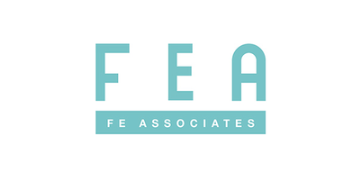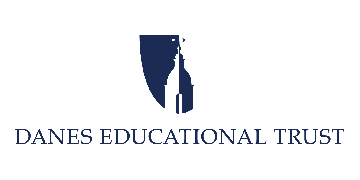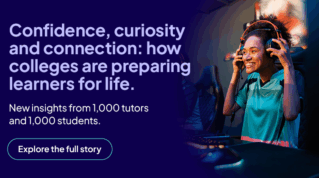Although AI chatbots have only recently captured the public imagination, Bolton College has been using a partner framework to actively engage with internal and external stakeholders in the development of its AI-driven Ada, FirstPass and campus chatbot services since way back in 2017.
The framework emerged because I wanted to answer a simple question. Could collaborative, participatory and co-design approaches be employed to design and govern AI in education (AIED) services? I found that it can, by combining several fundamental ideas and building blocks together. I believe there is an opportunity for the education sector to collaborate further, to develop a framework enabling leadership, pedagogy and technology to interact to support the design, use and governance of AIED services. Such a framework can lend support to those creating hyper-contextualised AIED services through a collaborative model.
Participation
Our partner framework places participation at its core. It gives voice to all stakeholders in either the design, development, use and governance of an AIED service. The participatory approach is inclusive because it gives teachers, students, education leaders and technologists an opportunity to make direct or indirect contributions which invariably reflect their perspectives, ensuring that the resultant AIED service is not only reflective of diverse educational needs but supportive of them. A participatory and collaborative approach ensures that AIED solutions are designed, produced, used and governed in a manner very different from the traditional consumer-facing AIED services procured by individual students, teachers and educational institutions.
Alignment
Alignment ensures that AIED services are in sync with the educational goals, values, and curricula of institutions, and more importantly with the needs of students, teachers and campus support teams. For example, collaborative design ensures that AI services are built with a diverse set of perspectives.
Responsible AI involves developing AIED services that are evidence based, fair, reliable, safe, private, secure, inclusive and transparent.
Transparency is pivotal, offering clear insights into AI processes and decisions, demystifying technology for users and stakeholders alike. It means clarity in AI decision-making processes and openness in communicating these processes to users. And transparency also ensures trust and acceptance among students and teachers. The idea is to foster a relationship where technology is seen as a transparent partner in education, not an opaque overseer.
Novel
In recent years the technical barriers and the cost of creating, deploying and using AIED services has fallen. Whilst AIED research has been ongoing for many decades, it is only recently that the education sector has come across consumer-facing services that students and teachers can use on a day-to-day basis in an affordable manner, such as Microsoft’s CoPilot, Google’s Gemini and OpenAI’s ChatGPT service. However, none of these services have emerged through a participatory and collaborative framework, and the issues that the education sector is currently facing from the advent of these services is evidence of that.
The partner framework assumes that the costs of producing AIED services will continue to fall and further technical challenges will be overcome.
Empowerment
When people are active participants in a collaborative endeavour, the outcomes they achieve are greater than any that could be realised by any single individual, team or organisation.
The proposed framework advocates for evidence-based practices that continuously inform and improve AIED services. The research element champions evidence-based practices, where each iteration of an AIED service is informed by the last.
With this framework, we believe we are building towards a future where the use of AIED services is as foundational and as thoughtfully considered as any traditional pillar of pedagogy.















What a waste of words to describe common sense. In other words — everyone (students, teachers, leaders, tech staff) works together to design and run AI tools that actually fit the needs of their organisation. It’s about building useful, fair, and clear systems with the people who’ll use them, not just buying generic ones.
Thanks ChatGPT.